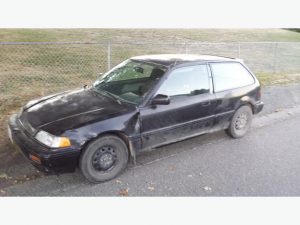How to Store Your Lawnmower in Winter Proper storage ensures your lawn equipment will run well for years. September 26, 2023 Winter is on the horizon and it’s time to store your lawnmower and other lawn and garden equipment through the colder months. The following tips will help you maximize the life and performance of […]
You are browsing archives for
Tag: battery
What’s the Minimum I Should Drive My Car
What’s the Minimum I Should Drive My Car? And Other Winter Car Storage Tips Jamie Jarvi|Oct 01, 2018 8:30 AM The roads are home to all kinds of vehicles. Daily drivers that clock thousands of miles each year. Seasonal vehicles that only clock hundreds. And then there are some whose odometers move only when being […]
Prepare Your Vehicle for Winter
Prepare Your Vehicle for Winter Chris Sharon|Dec 18, 2017 9:19 AM Originally posted Nov. 11, 2016 With the worst of winter right around the corner, now is a good time to get your vehicle prepared for the worst. Being based in northern Wisconsin, we at AMSOIL talk a lot about how synthetic lubricants make life a little […]
Beater Car – AMSOIL XL Offers better Val
Expensive AMSOIL for my old daily driver? That’s definitely one part of the conversation that comes up weekly with our Sioux Falls customers. Either while discussing our various price breaks with the “Good, Better, Best” lines within one product category or if a 2nd car is discussed in addition to their prized possession. Being proud […]



